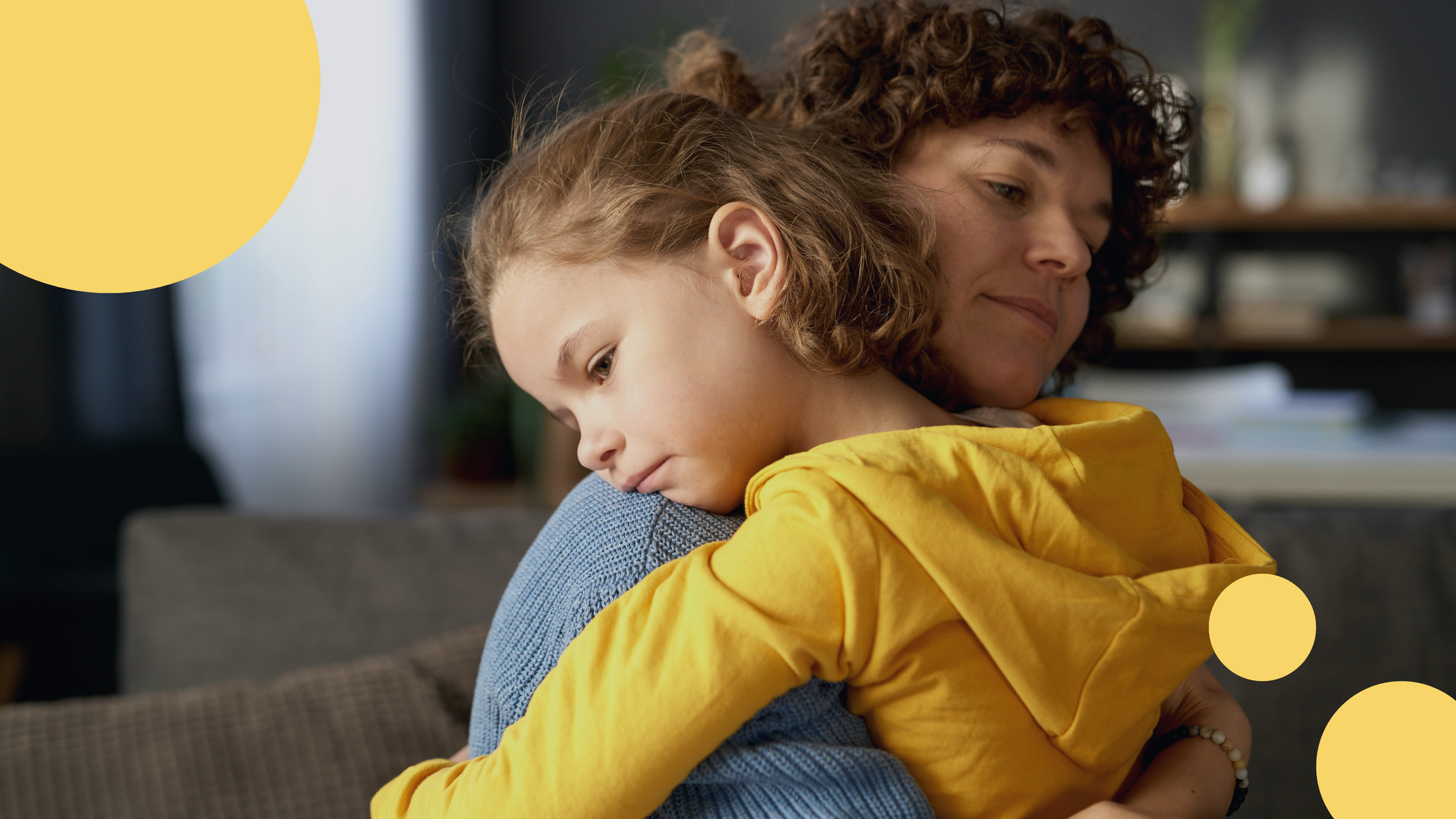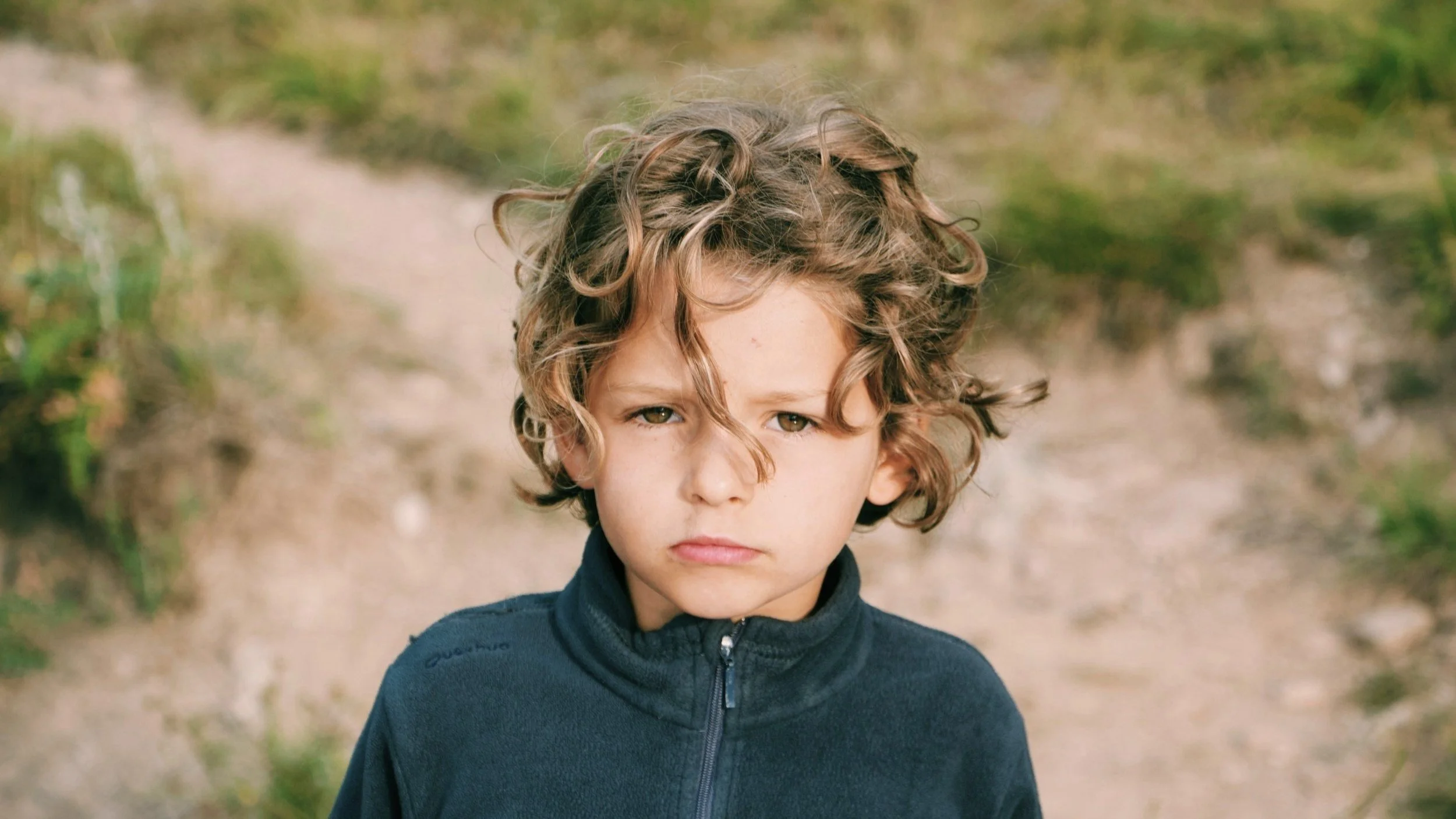You can calm your kids with these soothing tools
One of the most common sentences that comes my way from parents is: “We need some tools to help when he/she is upset” (a term meaning angry, anxious, losing it).
And fair enough, because as parents, we want to feel as though we have the abilities to calm and soothe our little beloveds when they are distressed. We want to feel less helpless, and perhaps even, less hopeless.
By Lynn Jenkins, Clinical Child Psychologist and Hypnotherapist at Life Matters
When people ask me if I have some tools to help them when their kids are upset, what I often say next surprises them:
“You already have what you need to calm your child.”
Cue raised eyebrows and some variation of: “Really?!”
“Yes, really. And it’s something you carry around with you all the time.”
Our built-in connection system is the original calm-down tool
It’s in our eyes, our facial expressions, our voice tone and our body posture.
This is our in-built connection system, and it’s incredibly powerful when it comes to emotion regulation in children.
Humans are hardwired for connection. We’re tribal. We feel safe when we belong, and unsafe when we don’t. Babies literally can’t survive without connection because they need us to meet every basic need, emotional and physical.
So when a child is losing it, what we’re really seeing is a nervous system under threat.
Their brain has detected: unsafe.
Big behaviours are the body’s way of protecting itself. Which means, in order to settle, the brain needs to register safe.
And safe = calm.
And calm = connection with a safe person.
That’s YOU!
Early intervention starts with safety
We often think of early intervention as therapy, tools, techniques, and yes, sometimes it is.
But often, early intervention begins at home, in the heat of a tough moment, with the one thing kids need most:
A safe, calm, connected adult.
Imagine your child as their baby self again: crying, red-faced, distressed. You pick them up. You might sway gently, coo quietly, soften your face. You’re offering safety without even thinking about it.
But when that same child is five, or ten, or sixteen, having a moment on the kitchen floor… do we still offer that same presence?
Because here’s the important part: they still need it.
Their nervous systems are still in development. They still need to co-regulate with us. That’s just science.
Six parenting strategies to help your child regulate emotions
Here’s a step-by-step co-regulation roadmap for those big emotion moments:
1. Reframe what’s happening
Your child isn’t being “naughty”. They’re a nervous system in distress. Reframe their behaviour as a call for help, not a need for punishment.
2. Use your connection system
Your eyes, your voice, your posture. These are your greatest tools for emotional safety. Use them intentionally.
3. Regulate yourself first
You can’t co-regulate if you’re spiralling. Pause. Breathe. Ground yourself. Do what you need to do to show up calm-ish.
4. Say connection words
Phrases like:
“This feels big.”
“I’m here with you.”
“You’re not alone.”
Soft tone. Low volume. Gentle face. Submissive posture (think: low, open, not towering over them). It all matters.
5. Commit to riding it out
This is the messy middle. You don’t need to fix it in ten seconds. Settle in, stay present, and be the steady they can anchor to.
6. Speak less, pause more
Be curious about what unfolds. Often, kids come back to connection when they’re ready. Wait. Watch. Welcome.
“But I don’t want to let them get away with it!”
Ah, the second-most common thing I hear.
Let me say this clearly:
You’re not letting them get away with anything.
You’re helping them learn to calm down.
You’re teaching their developing brain that it’s OK to feel big things and that you can handle it.
You’re modelling emotional resilience.
You’re creating a safe harbour now, so they’ll know where to turn later.
Discipline and teaching come after calm. When their brain is back online, then you can reflect, teach values, problem-solve, and plan ahead.
This is not soft parenting. It’s strategic, compassionate, and science-backed emotion regulation and early intervention.
Final thoughts: small shifts, huge impact
Here’s the thing. You already have the tools.
Not in a smug, “You’re fine” kind of way. But in a real, physiological, connected-human way.
And it doesn’t have to be perfect. It doesn’t even have to be pretty. It just has to be present.
When you meet your child’s storm with calm and connection, over time, their system learns: I’m safe. I can calm down. My feelings don’t have to control me.
That’s emotional regulation.
That’s early intervention.
That’s parenting for long-term resilience.
Need support?
At Life Matters, we specialise in early intervention strategies, emotional regulation support, and parent-child connection work. If you’re struggling to implement this at home, reach out. We’re here to help.
Further reading
Life Matters Disclaimer
All content in our article is published for informational purposes only. It is not intended to be a substitute for professional psychological advice and should not be relied on as personal advice. Always seek the guidance of a qualified psychologist with any questions you may have regarding your mental health.


